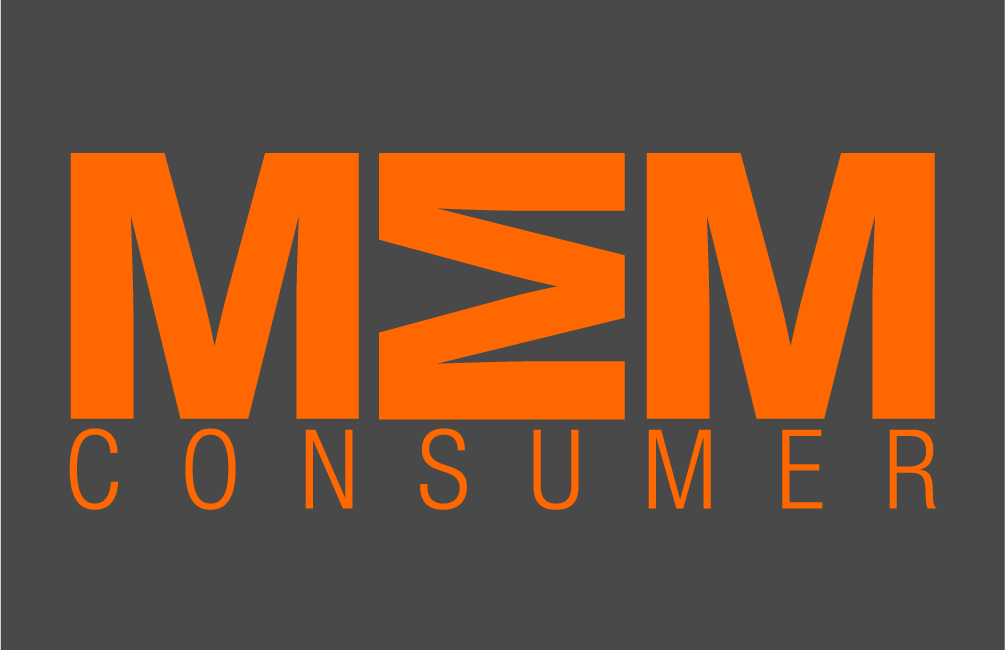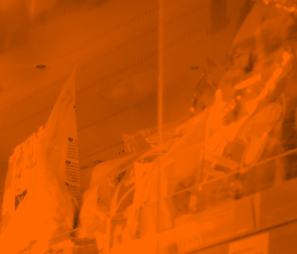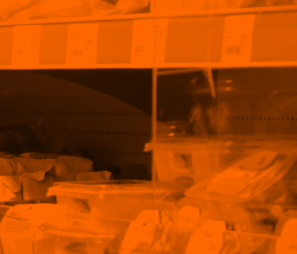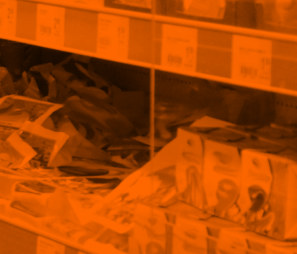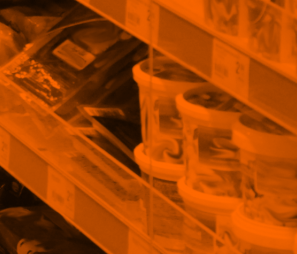How accessible packaging works for everyone by James Montero MacColl, Senior Marketing Manager at Easyfairs
From boxes mummified with tape, to tightly locked blisterpacks, most people have had experience with difficult to open packaging. But to a significant proportion of the population, these designs can go from a minor annoyance to something that renders packaging completely inaccessible.
For the estimated 1.3 billion people worldwide who live with significant disability, opening packaging can prove an ever-present challenge.[1] The demands made by packaging on users’ vision or dexterity – such as difficult to read labels or unergonomic grips – may lead to frustration or even exclusion.
This failure of design actively works against the role of packaging. Rather than serving as an appealing access point, encouraging engagement with the product and brand, too often, packaging that fails to consider inclusivity instead functions as a barrier.
However, this does not need to be the case. As converters increasingly become aware of the need to cater to all audiences with their designs, the movement for accessible packaging is growing. With just a few minor adaptations, countless products and services could become truly inclusive.
This goal is more than just a box-ticking exercise. By designing for inclusion, companies can reap the benefits of enhanced growth and innovation, expanding their customer base and fuelling their design creativity. Embedding true inclusivity in the packaging production process, from initial briefs to launch and marketing, will improve satisfaction, connect with customers, and create a competitive advantage.
What is inclusive design?
The principles of inclusive design are simple. Instead of designating certain products as accessible to those with limited vision or mobility, this approach states that accessibility should be the standard. Every pack should be designed to be accessible to as broad a segment of the population as possible.
Broadly speaking, this means that inclusive packaging needs to be both legible and easy to open for people living with impaired mobility.
As packaging often serves as the first interaction between a customer and a product, making the right first impression matters. Clearly conveying important information and branding enables customers to build a relationship with the brand – for example, opting for large, clear font choices and high-contrast designs can make a world of difference in terms of making a pack accessible and appealing for people with limited vision. Similarly, integrating tactile markers into a pack can help people to quickly distinguish between products or parse product and regulatory information.
Designing for accessible opening can range from minimising the use of tapes, to adding textured grips or pull tabs. For lidded products, choosing to include larger surface areas can make a significant difference.
There is a wide range of these solutions available, so knowing which ones best suit your business may be daunting at first. Industry showcases such as the upcoming Packaging Innovations present ideal opportunities to discover the latest in accessibility features and hear directly from other manufacturers looking to enhance the inclusivity of their packaging.
Inclusive design frameworks
However, these features are just examples of how packaging can be made more accessible for people living with disabilities. In general, rather than focusing on specific design elements, it is more effective to consider inclusive design through a series of principles.
Achieving inclusivity requires concerted effort, intention, and awareness of the needs of a diverse market. Businesses must actively work for it instead of expecting it to happen by itself.
Inclusive design relies on an understanding of the target market and its needs. It seeks to extend accessibility to everyone through making informed decisions, and this may require designers to break out of the mindset of creating for themselves or people like them. Empathy and awareness are key.
A series of questions must be asked throughout the entire design process: Can anyone who picks this pack up easily read and open it? Is there more than one way to open the package, for people with different needs? Are its mechanisms easy to understand? By following guidelines such as these at every stage, converters can avoid some of the more common mistakes made in inclusive design. Combined with real feedback from people who interact with a pack, they can start to develop a process that ensures their packaging is truly accessible.
It is also important to not neglect the aesthetic appeal of inclusive packaging. For a design to truly work for everyone, it must be more than functional; it has to be desirable as well. Alongside incorporating inclusive design elements, the pack’s aesthetic design must still appeal to its target demographic. Achieving this balance between form and function is one of the major challenges of creating inclusive packaging and is one to which, unfortunately, there is no quick solution.
At its essence, packaging cannot be considered truly inclusive until accessibility is treated as the norm rather than an exception. This issue is at the core of inclusive design: rather than aiming for specialised packaging catered to certain markets, success means making everyday packaging easier to open and use.
Accessibility at heart
The need for growth and profit means brands often design their products for the majority. This usually assumes that customers have full vision and dexterity, ignoring the needs of a large segment of the population.
This ethos is to the detriment of brand engagement. Given that consumers’ first impressions of a product are when they open its packaging, any barriers to that experience can leave them unlikely to buy from that brand again.
Conversely, designing for inclusivity opens new markets and new potential sources of revenue, as well as building customer engagement and loyalty through a positive opening experience.
This enhanced appeal is not limited to people who live with disabilities. In today’s more socially-conscious society, easy-open packaging does not just improve the experience for people who find their packaging frustrating – it will appeal to all consumers who value ethical shopping. Many people are increasingly seeking out brands that act in a socially responsible manner and are committed to diversity and inclusivity. In this way, accessible packaging can broaden brand loyalty among all shoppers, not just those who it was created to benefit.
Elevation through inclusion
The design of a package can say a lot about a brand. Recyclable materials can signal a commitment to the environment; premium finishing can convey quality and luxury; and accessibility can show that it cares about its entire customer base. Regardless of the product involved, designing packaging with simple, accessible mechanisms, can make all the difference between a one-time purchase and a loyal, repeat customer.
There are many different tools and methods available for achieving inclusive design. Perhaps the most valuable however lies in embedding this ethos in a design project from the start. By actively listening to the needs of consumers and thinking about how they can be met at every stage of the design process, converters can get a head start on creating packaging that truly works for everyone.
Thankfully, events like Packaging Innovations present the perfect opportunity to learn more about best practice in accessibility and share examples of what works with industry peers. Every year, the Birmingham-based exhibition sees innovation flourish as networking events, talks, and debates bring the world’s packaging experts together to dismantle the industry’s most pressing challenges.

To learn more about Packaging Innovations, and to register for a free ticket, please visit www.packagingbirmingham.com.
Manufacturing & Engineering Magazine | The Home of Manufacturing Industry News


